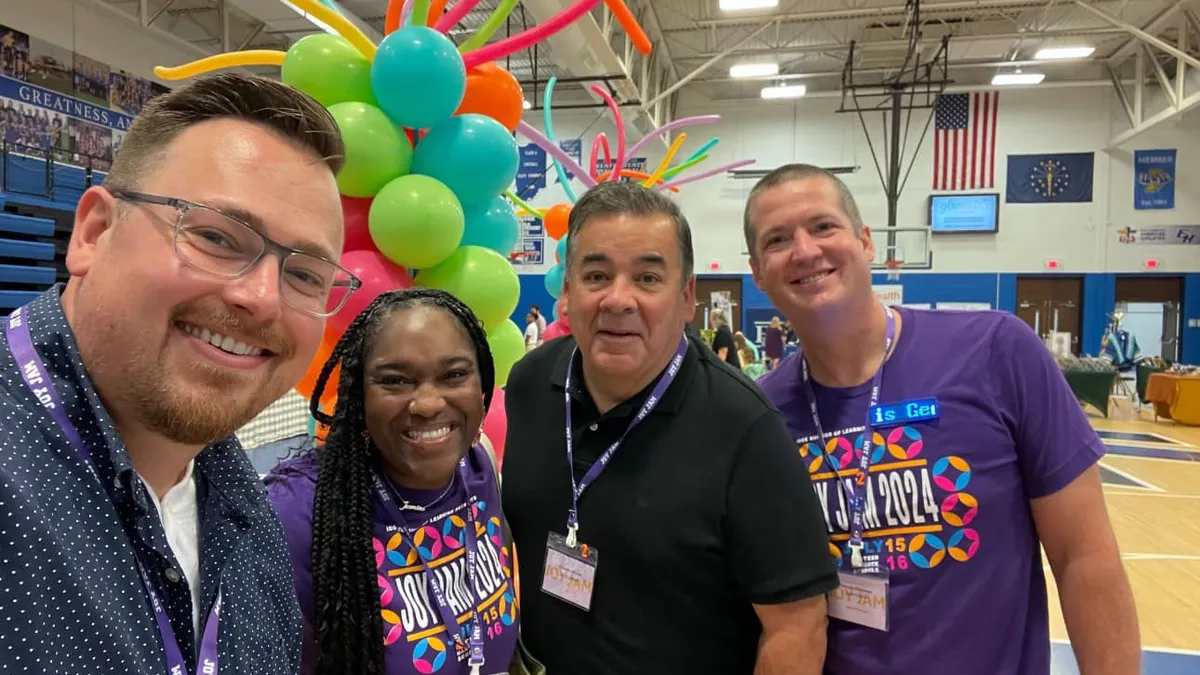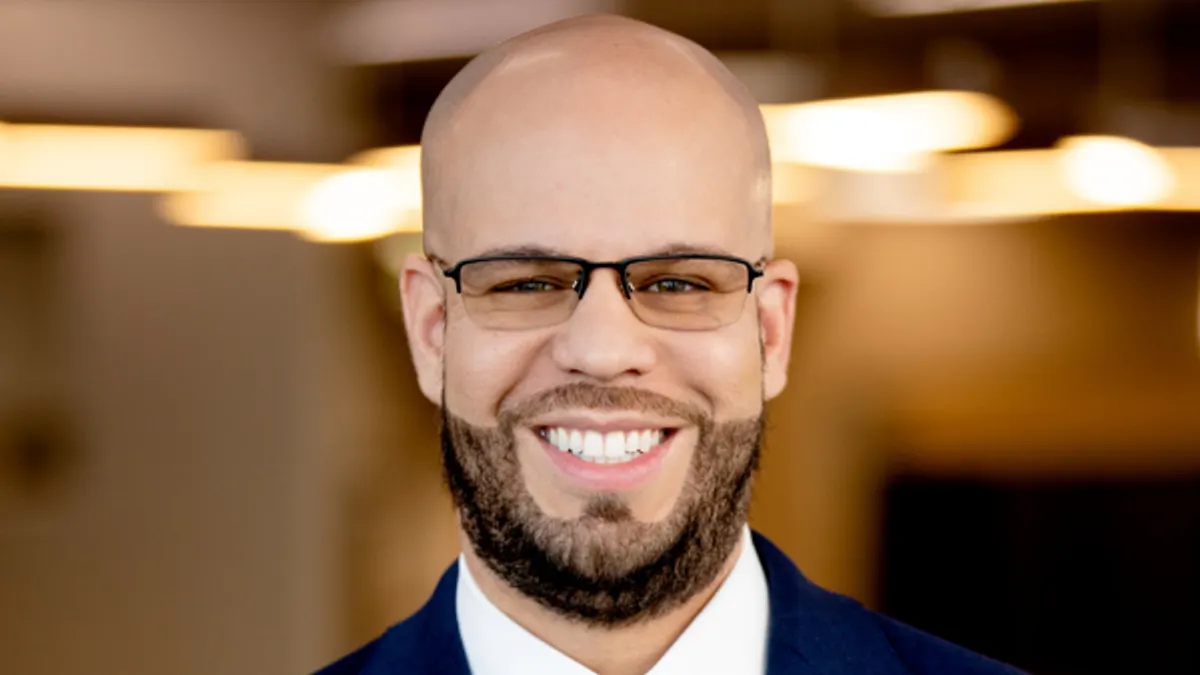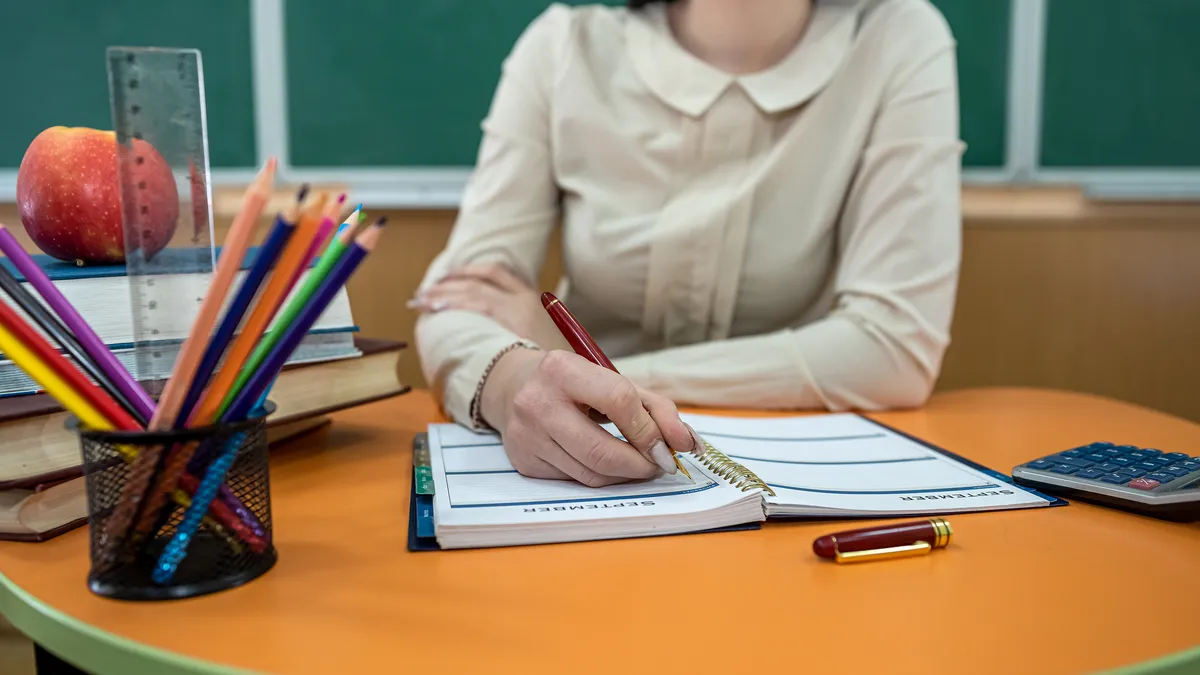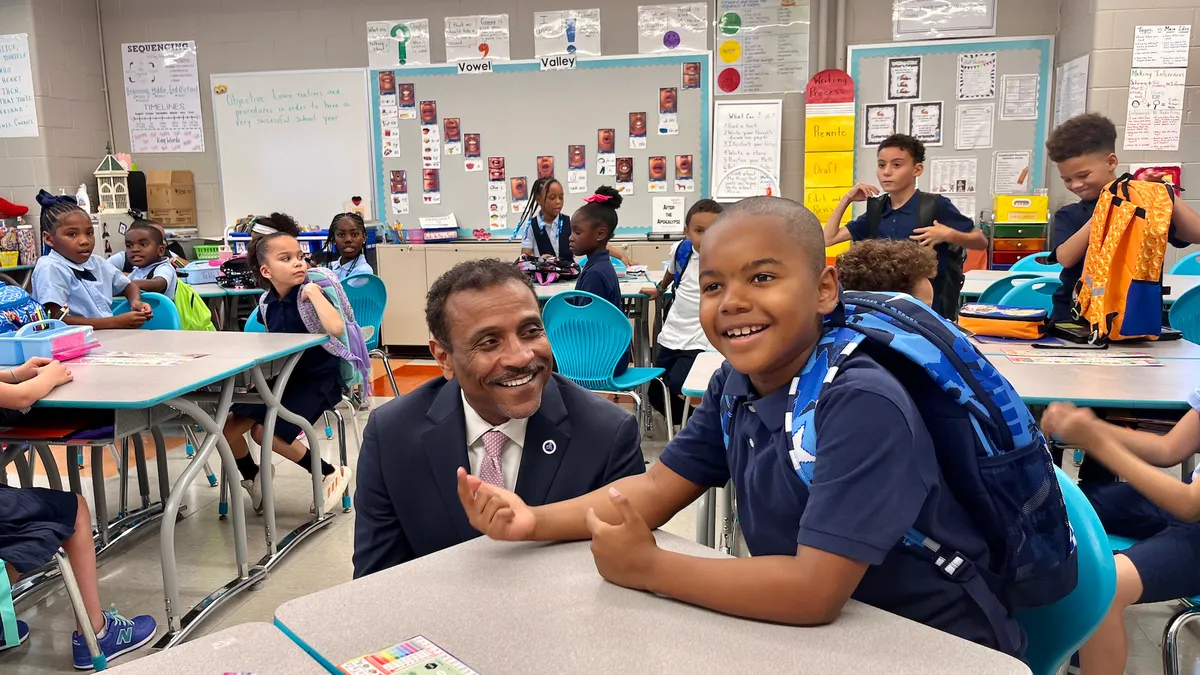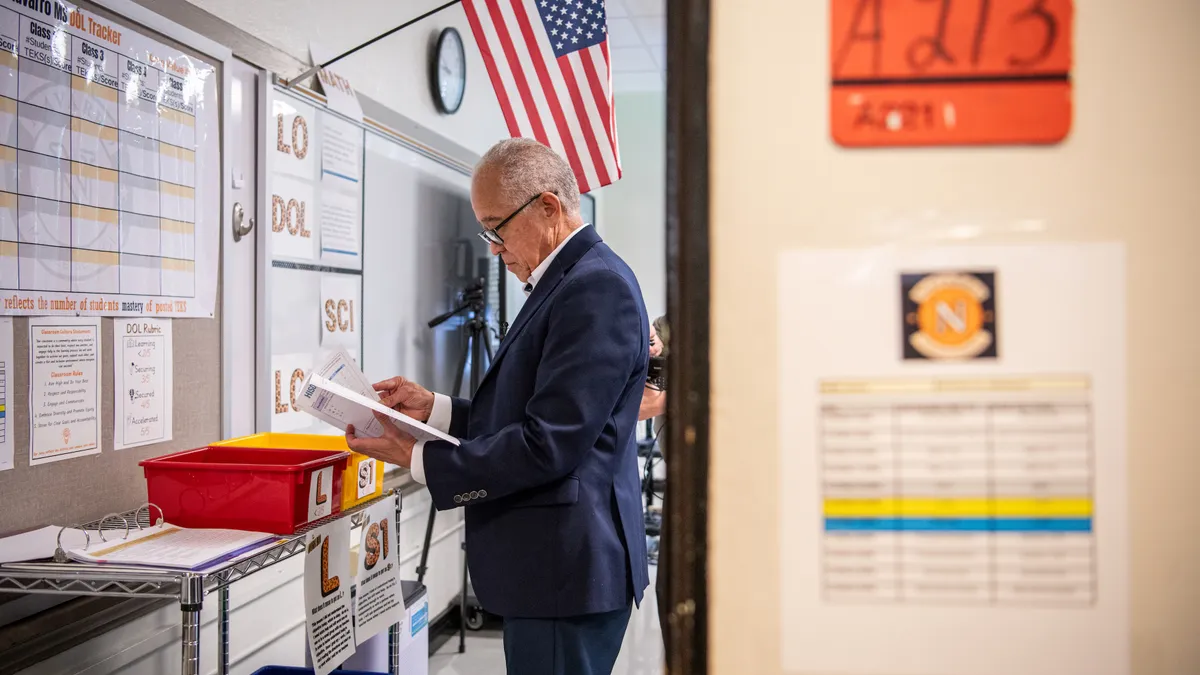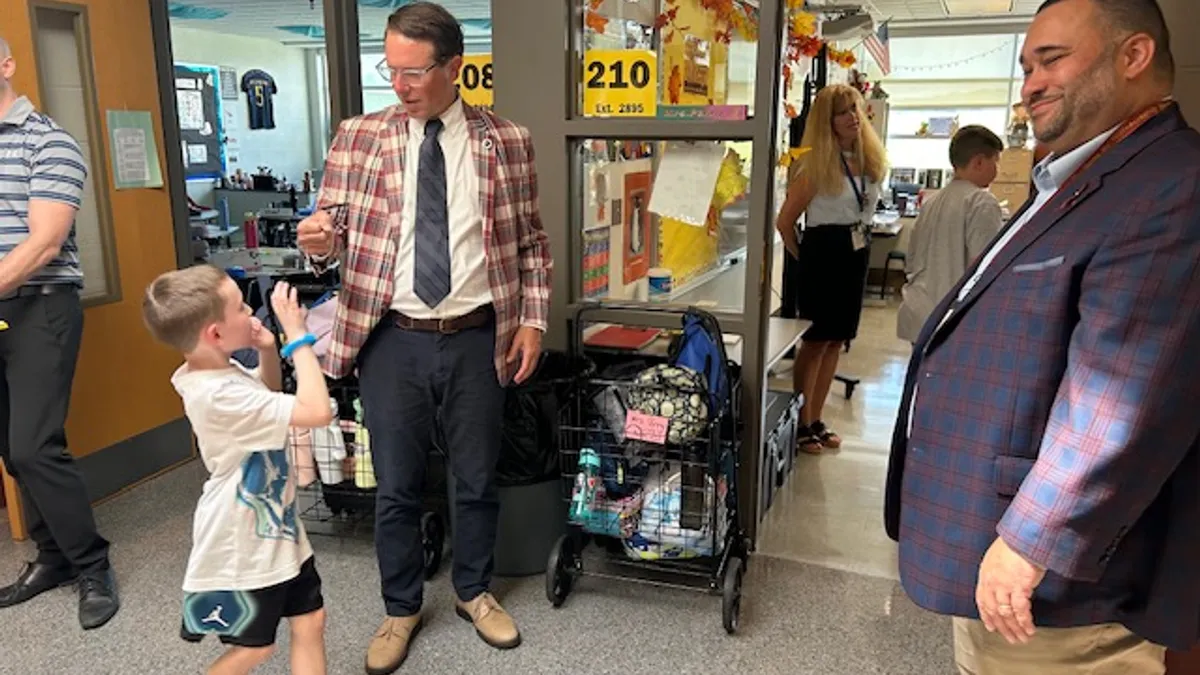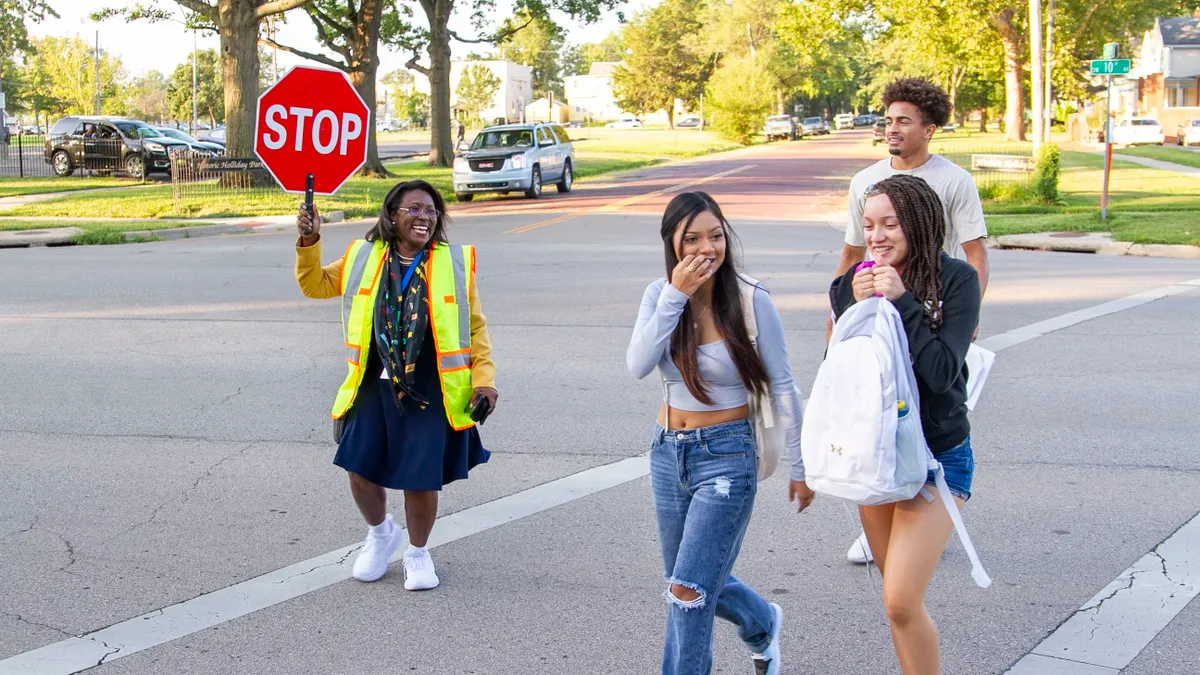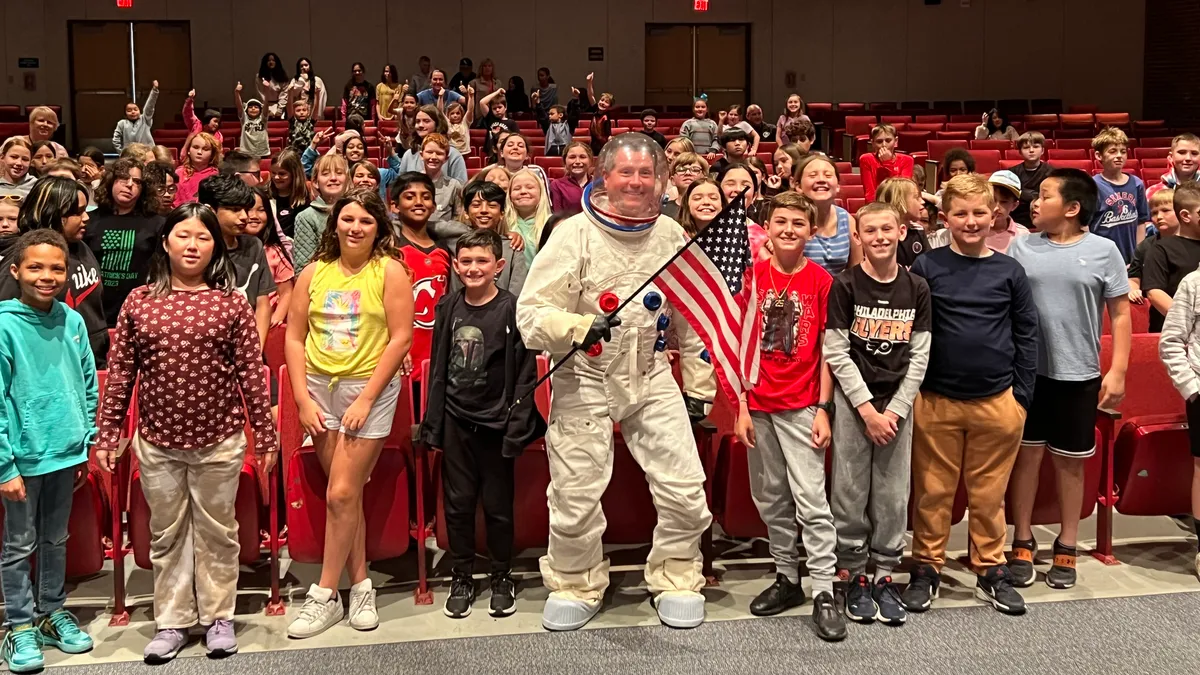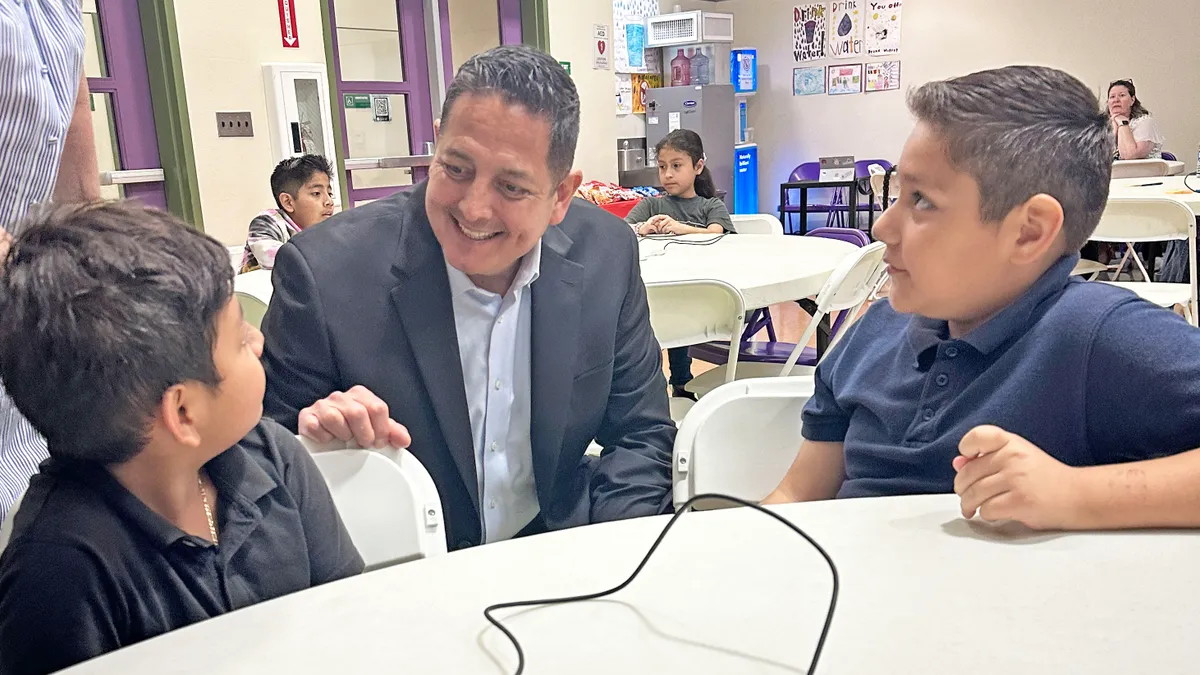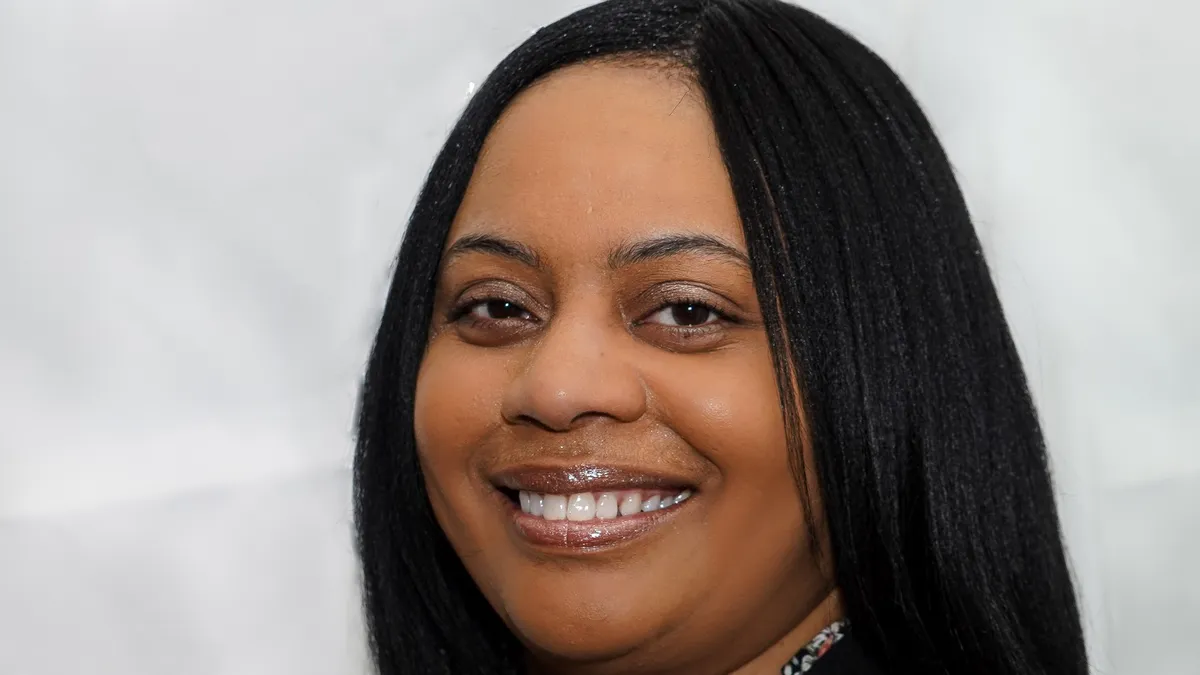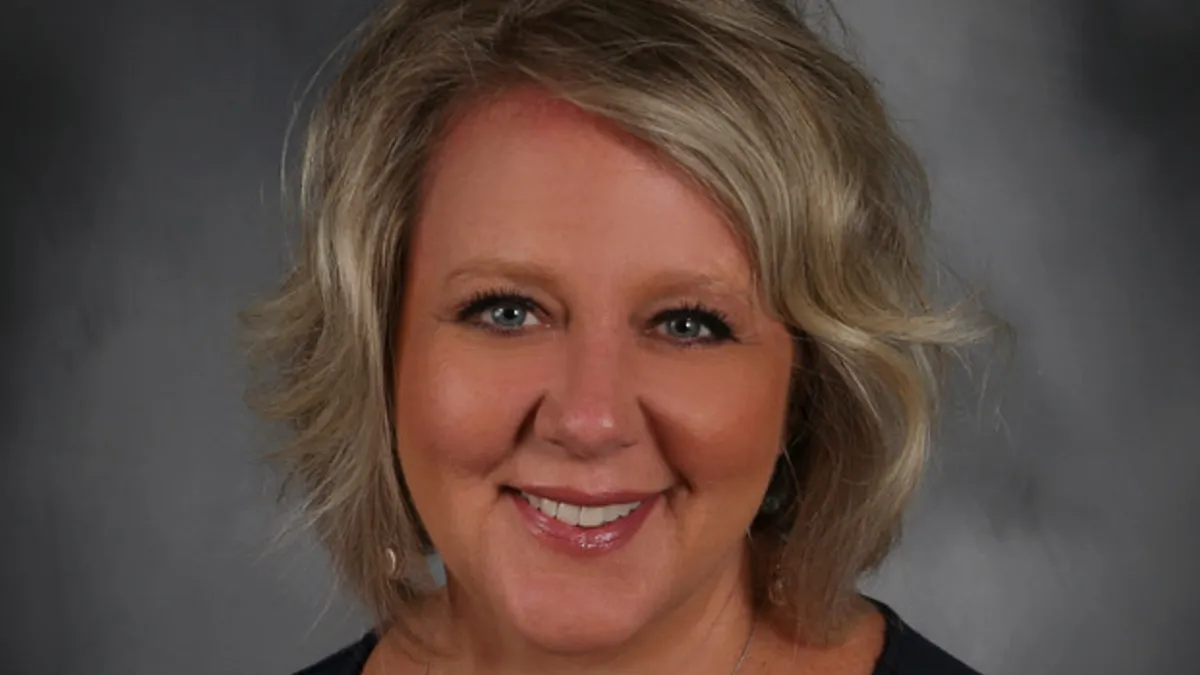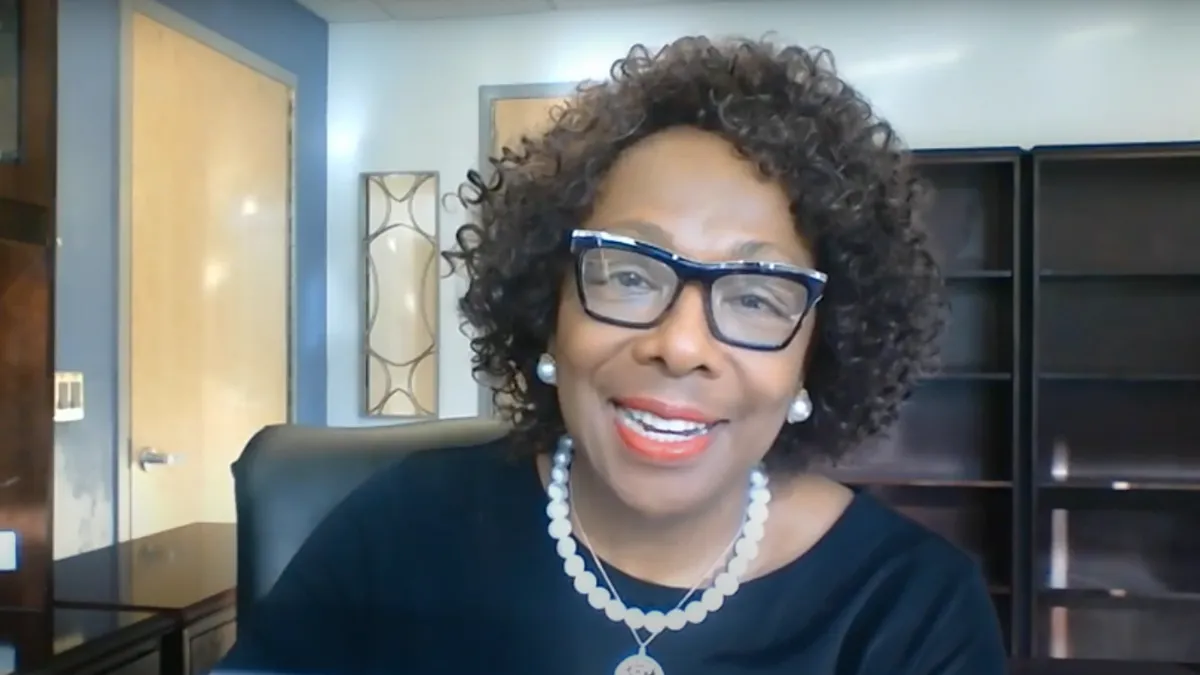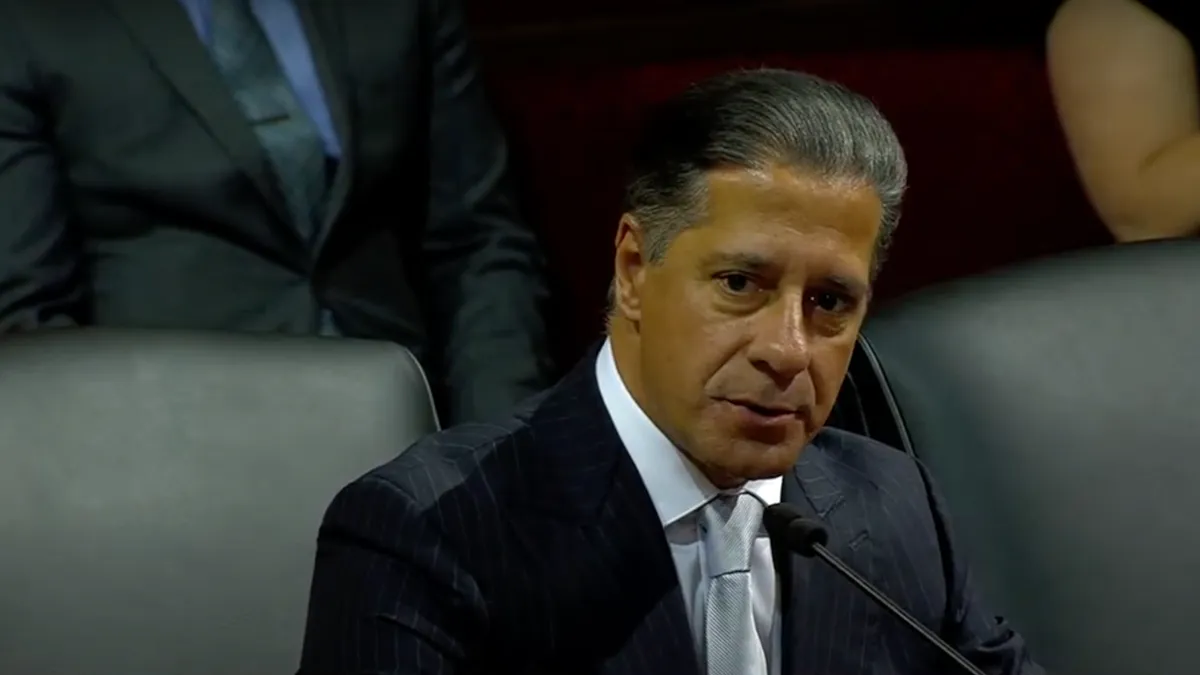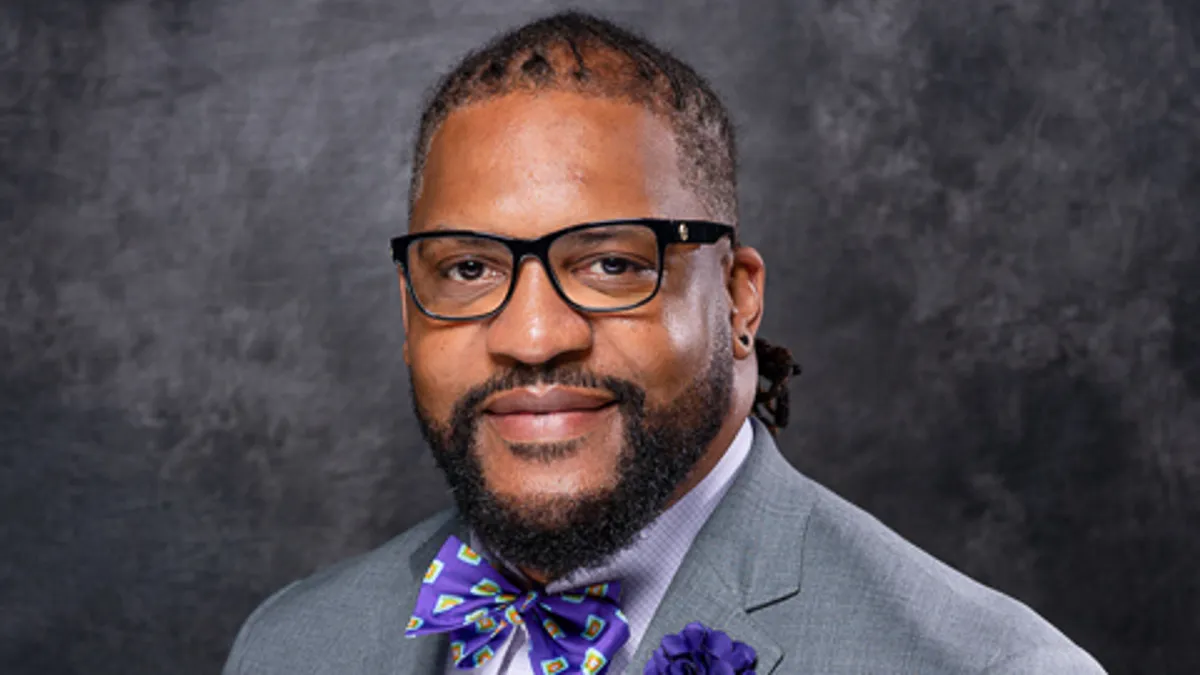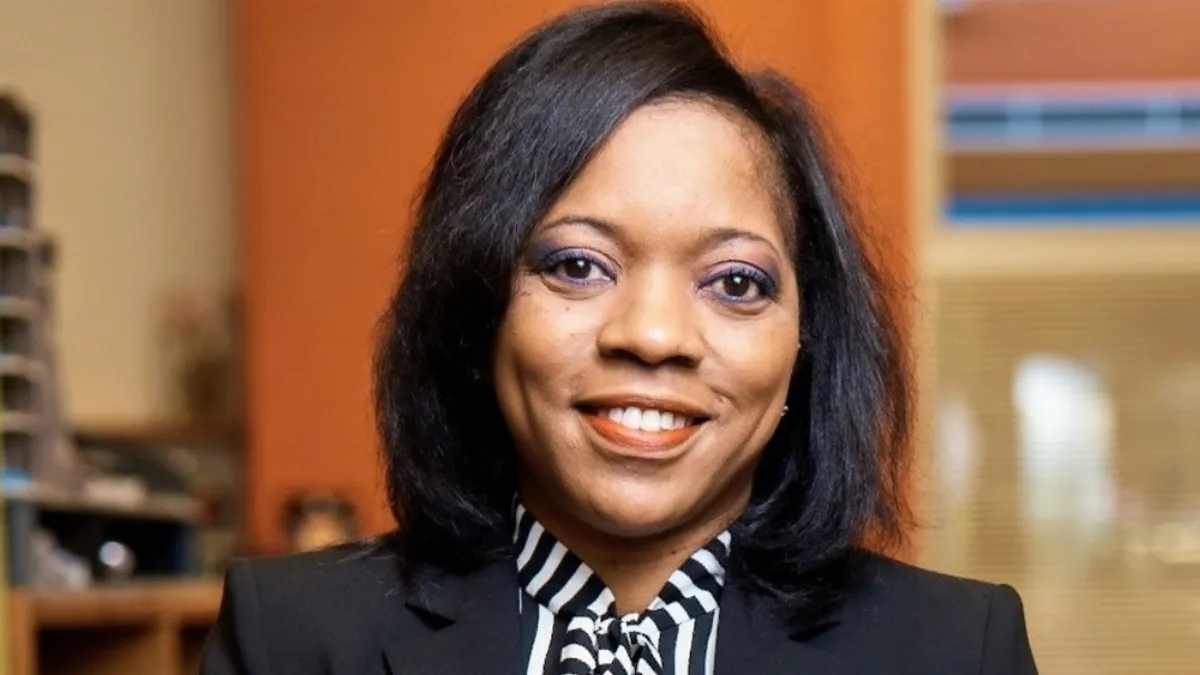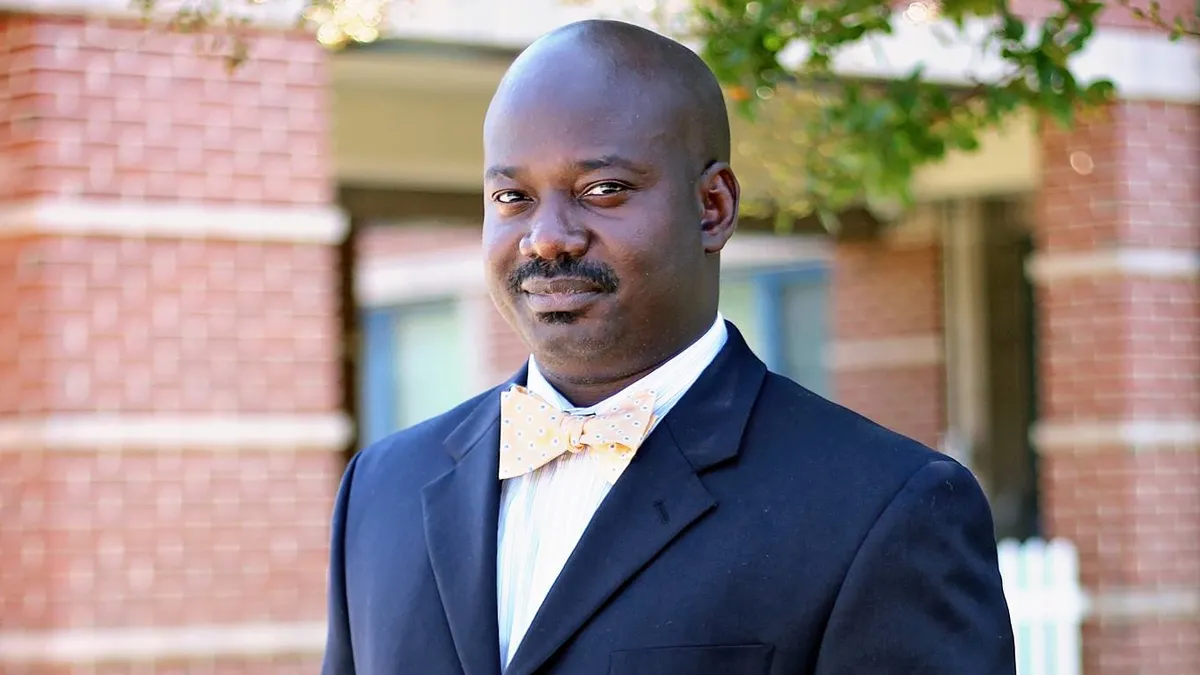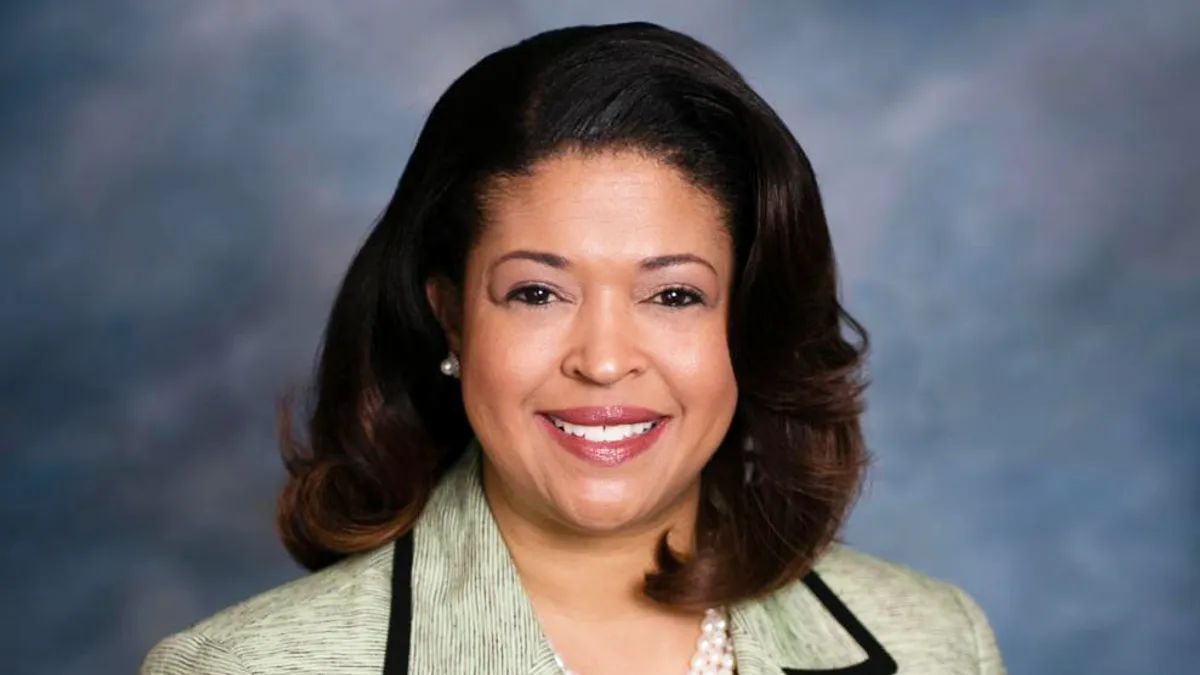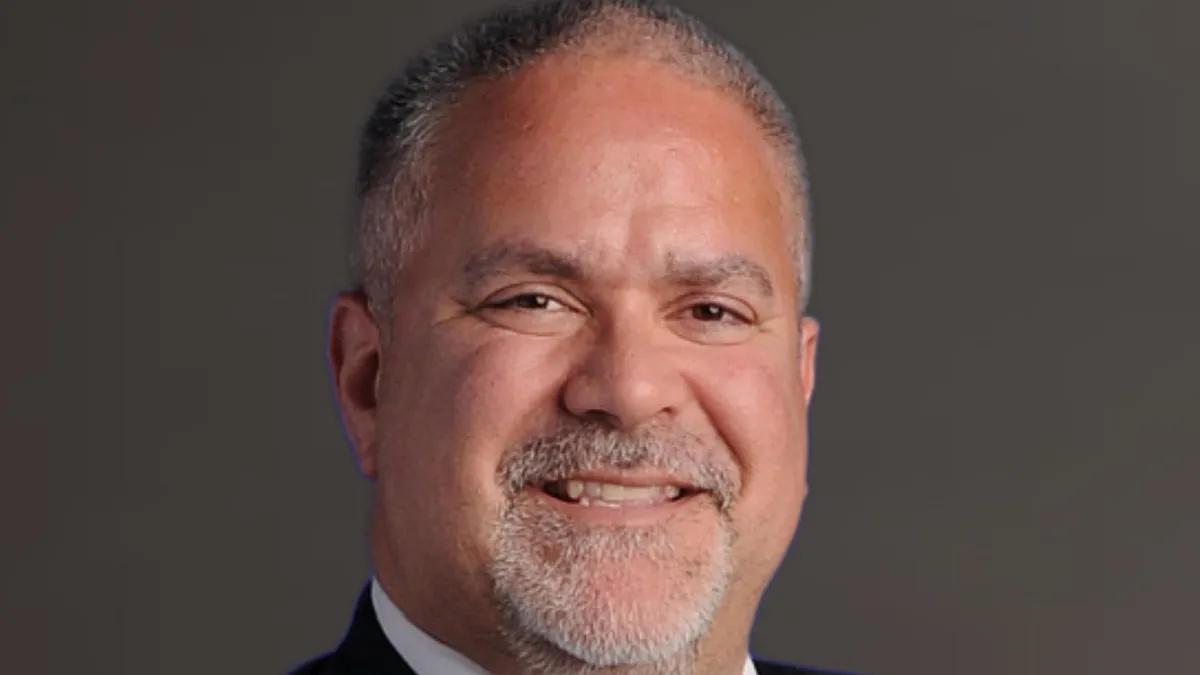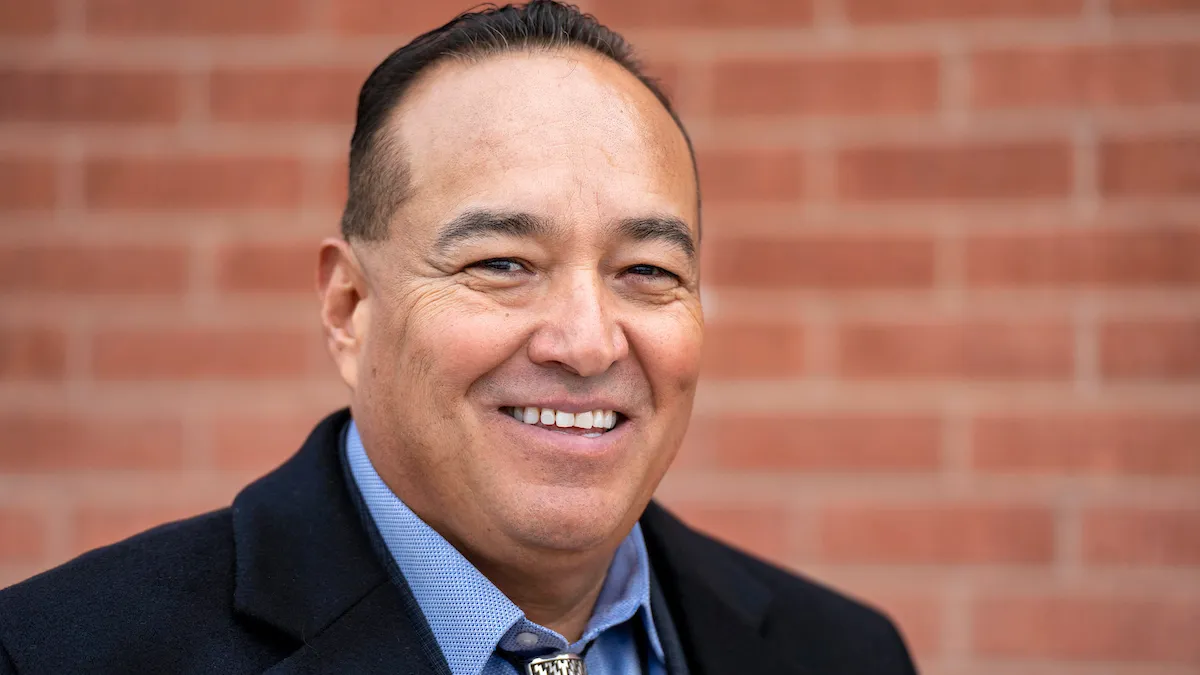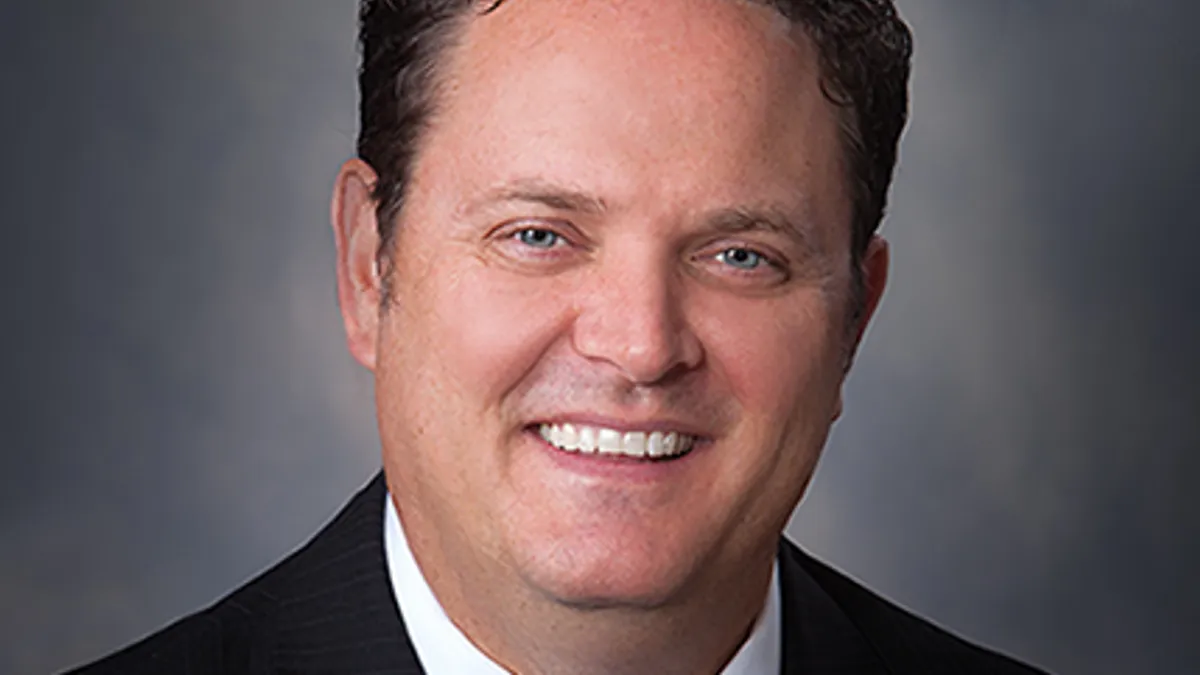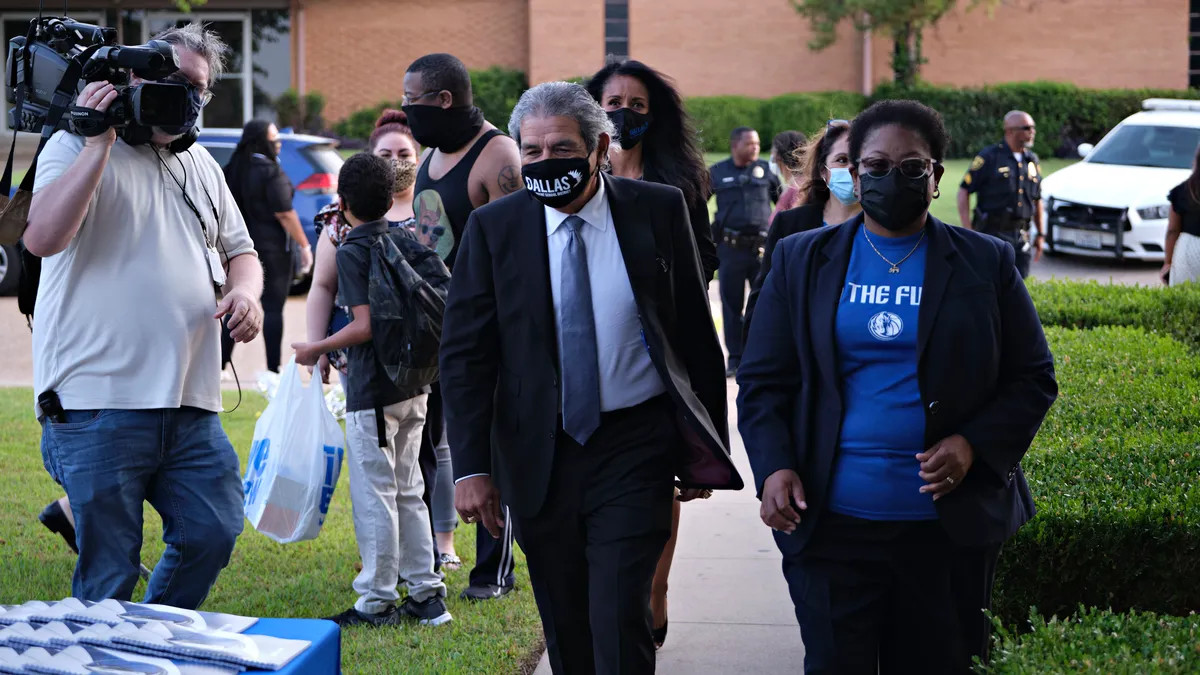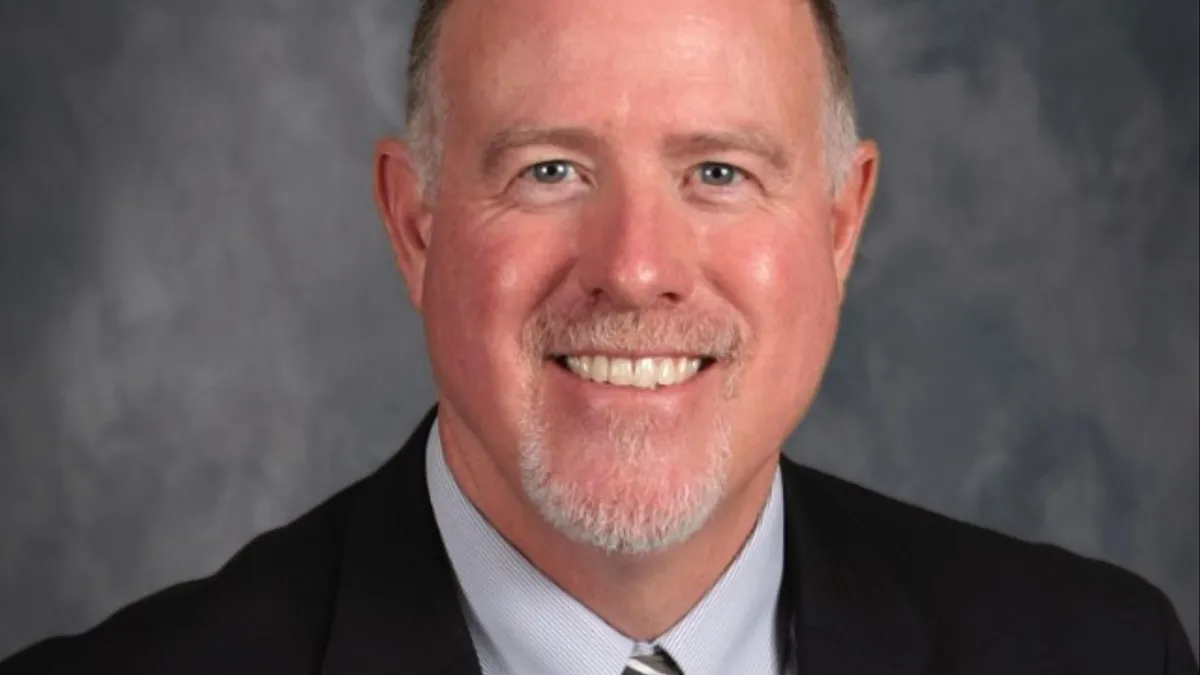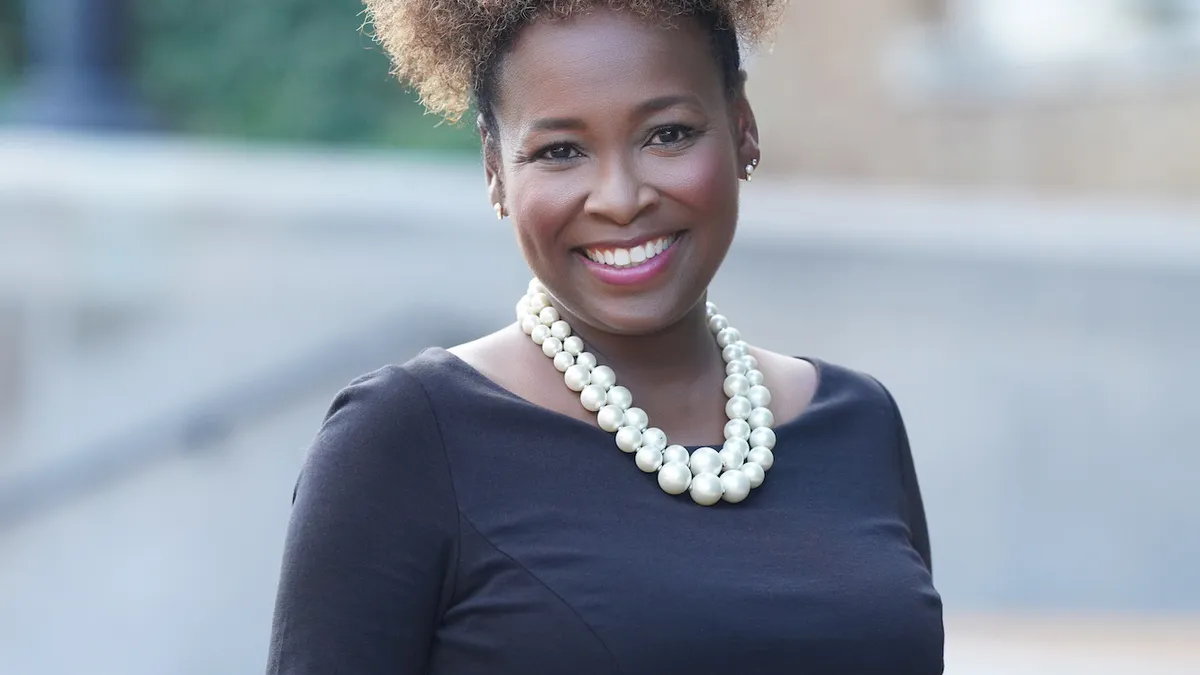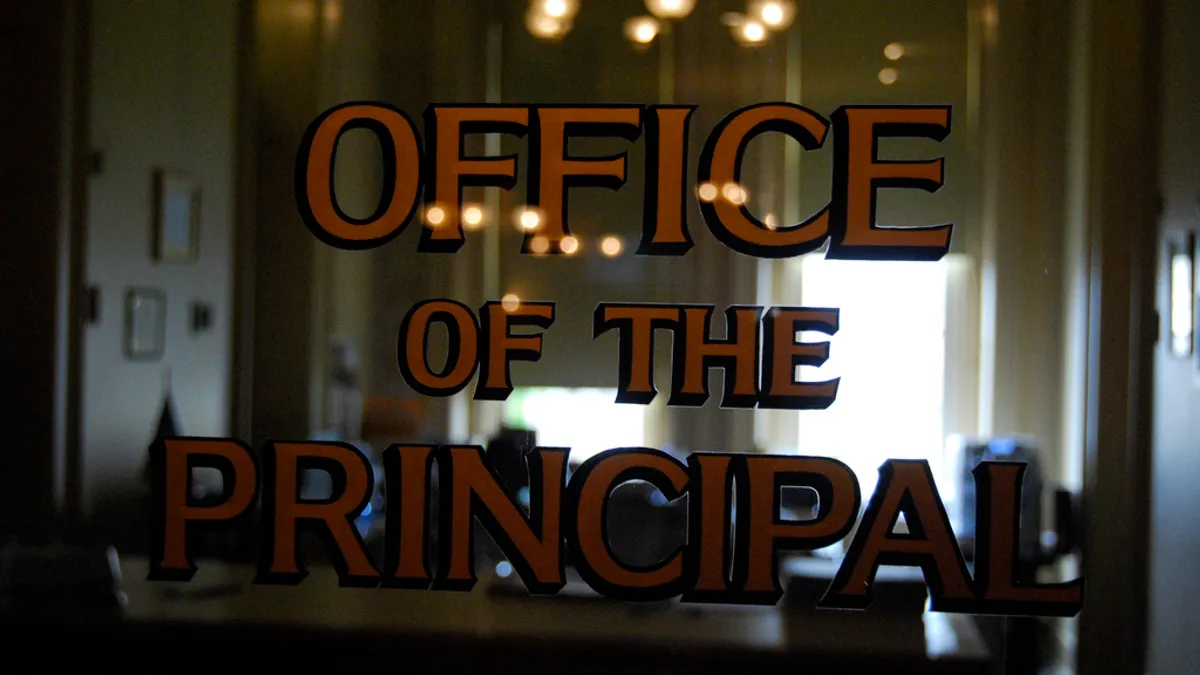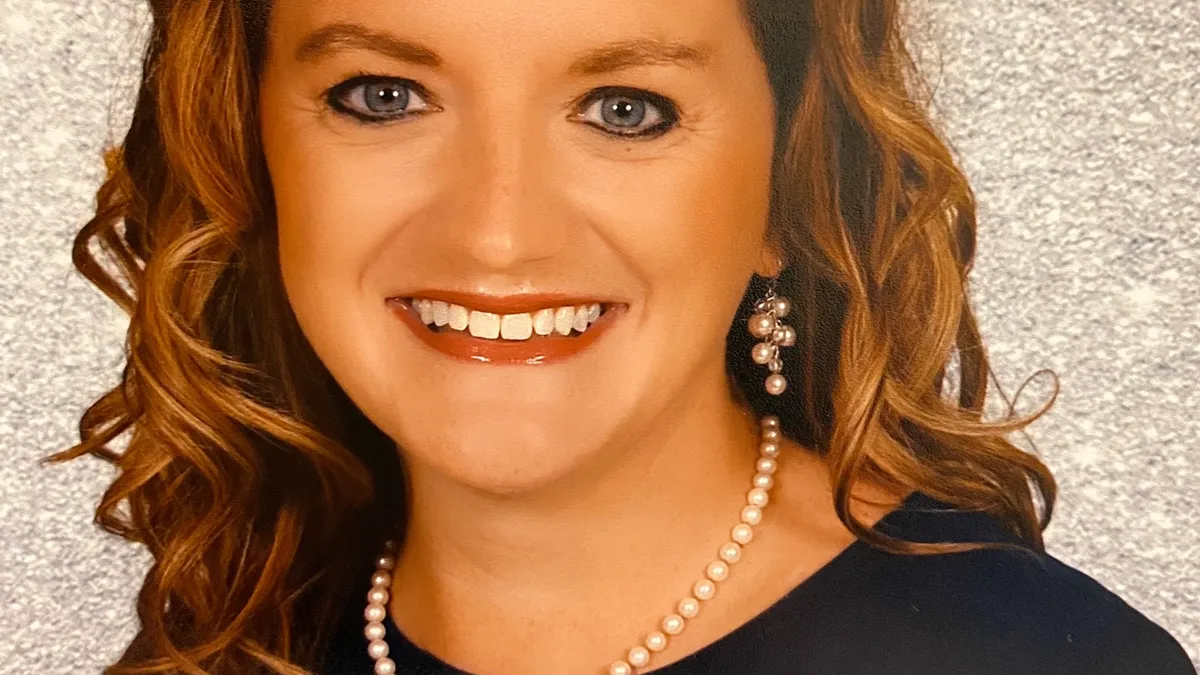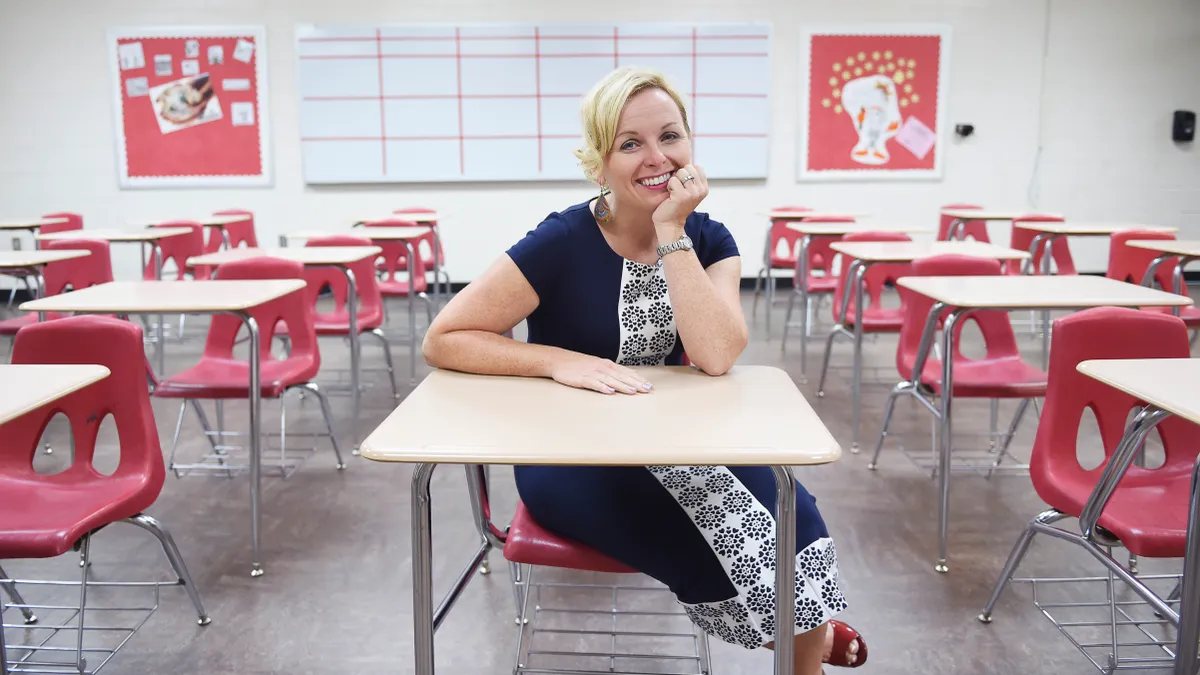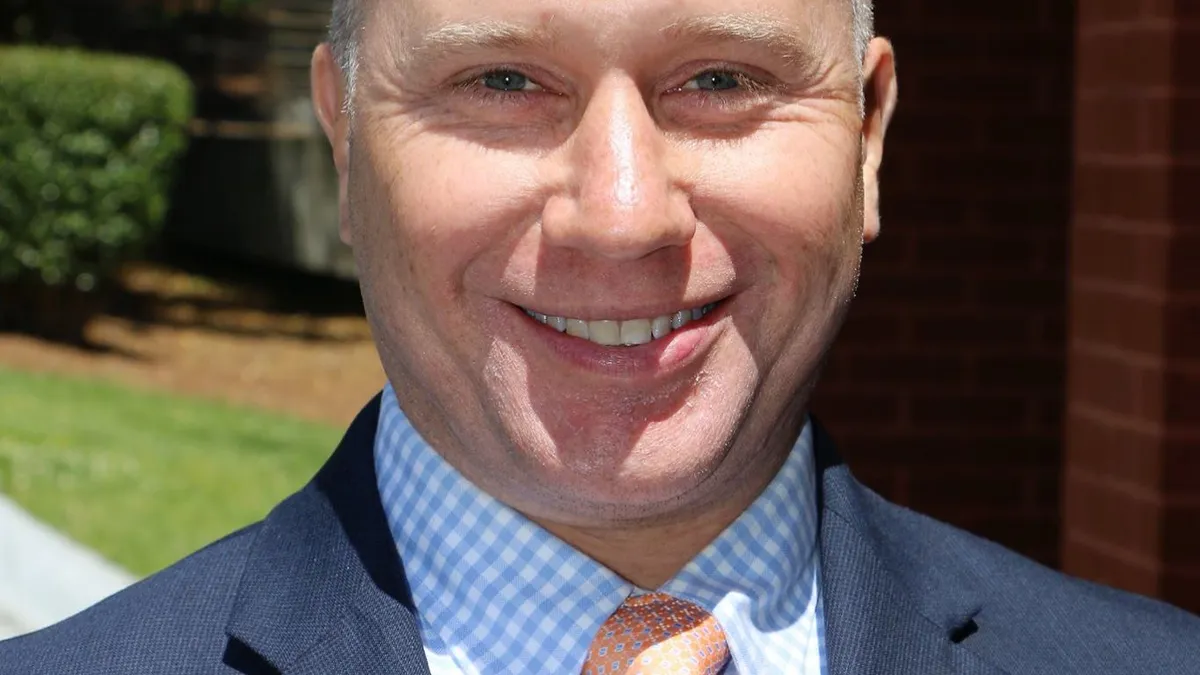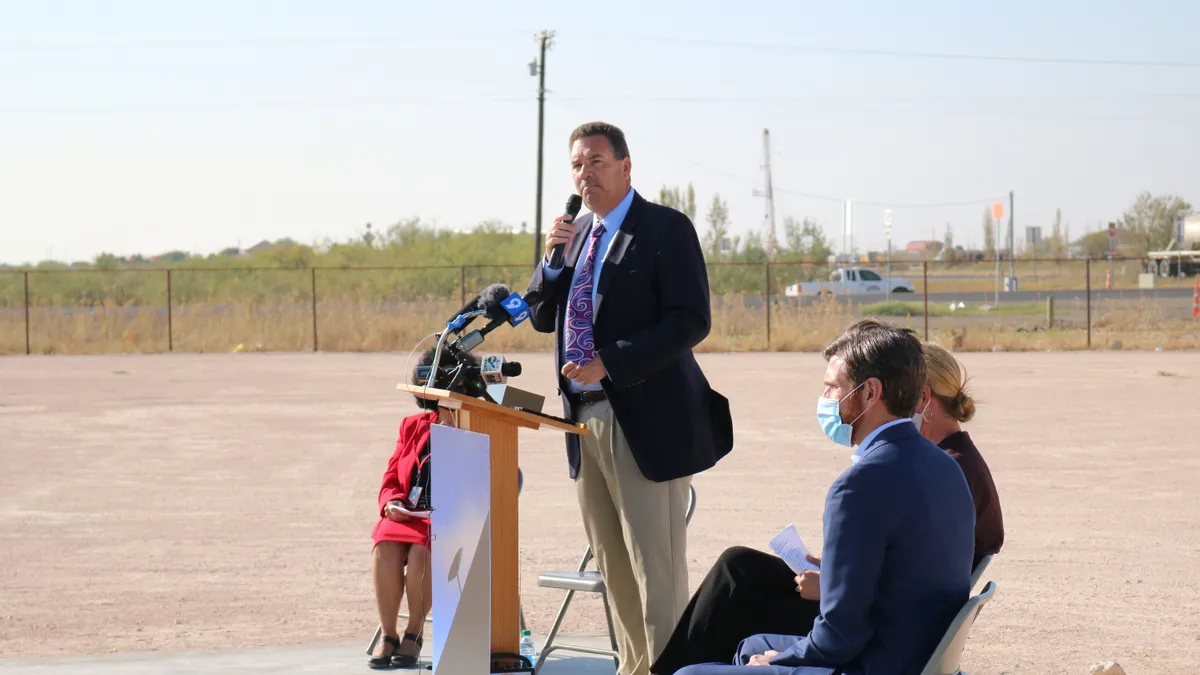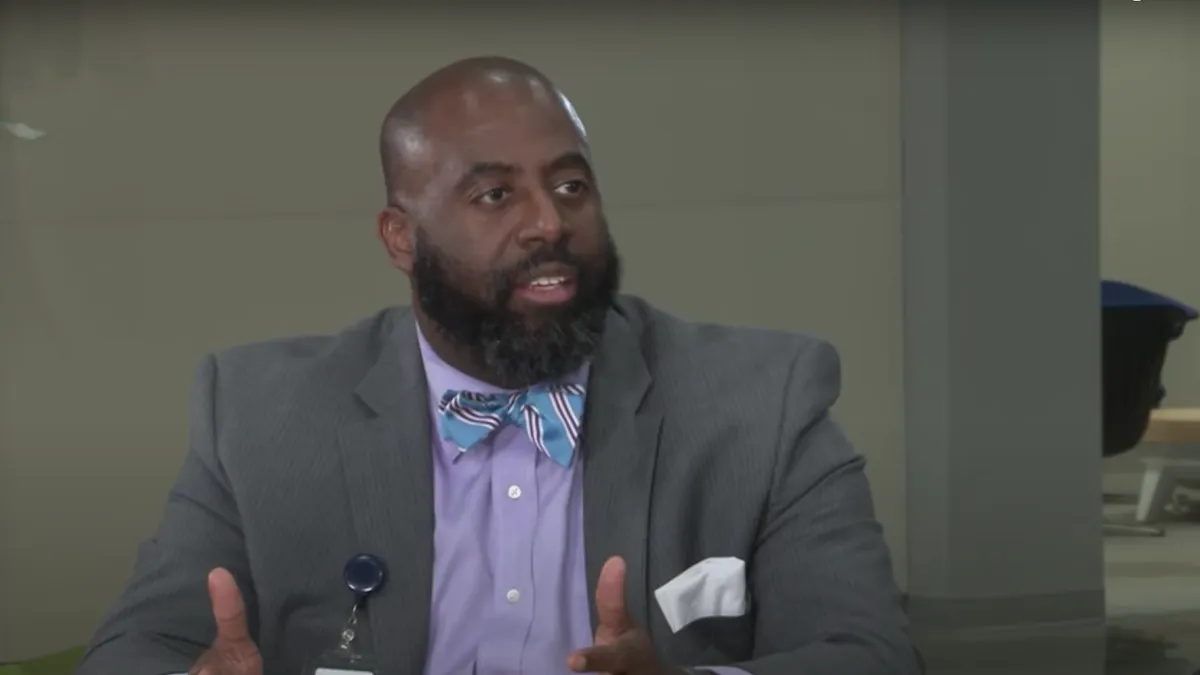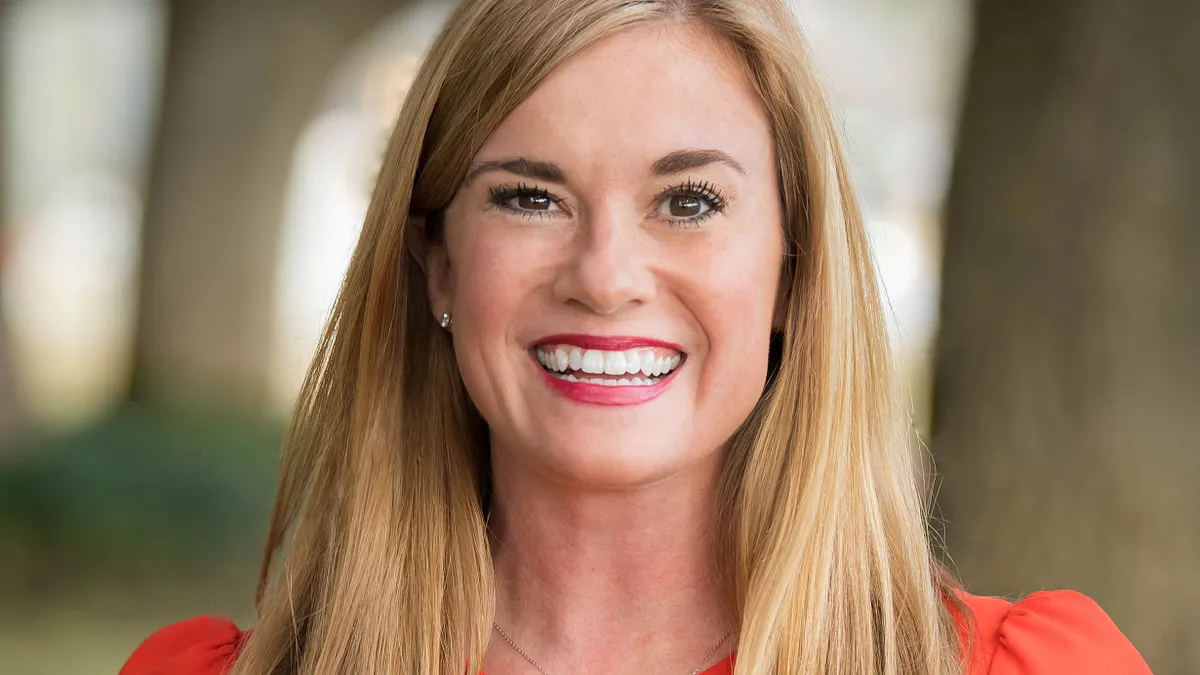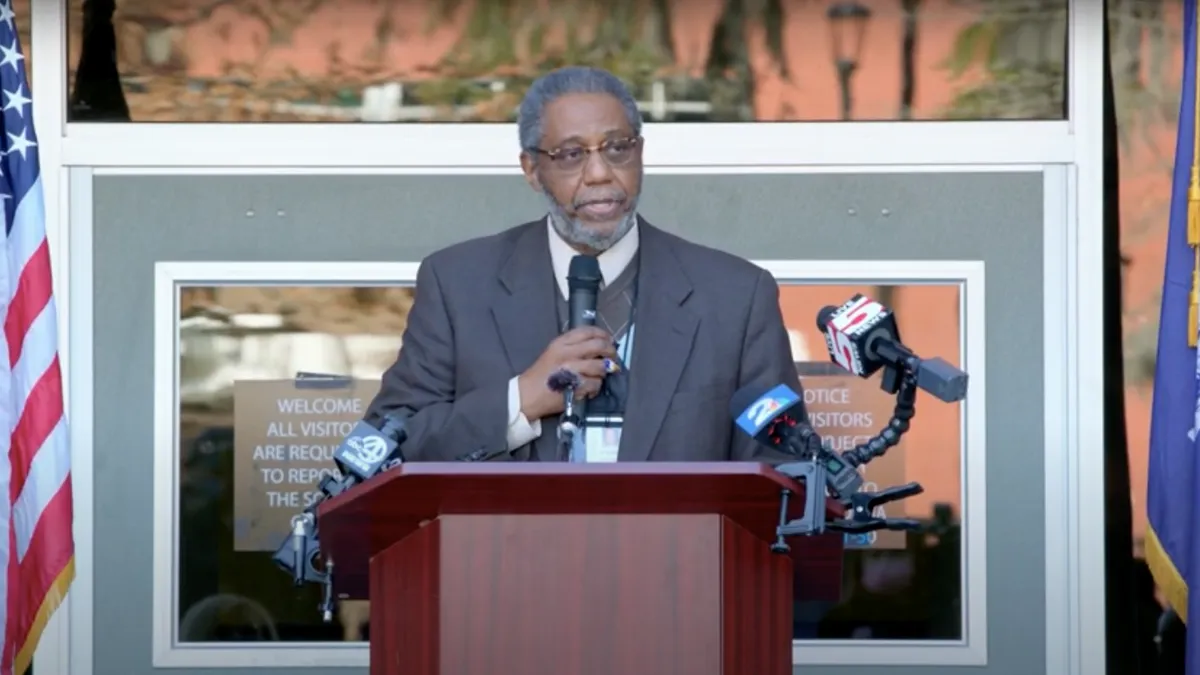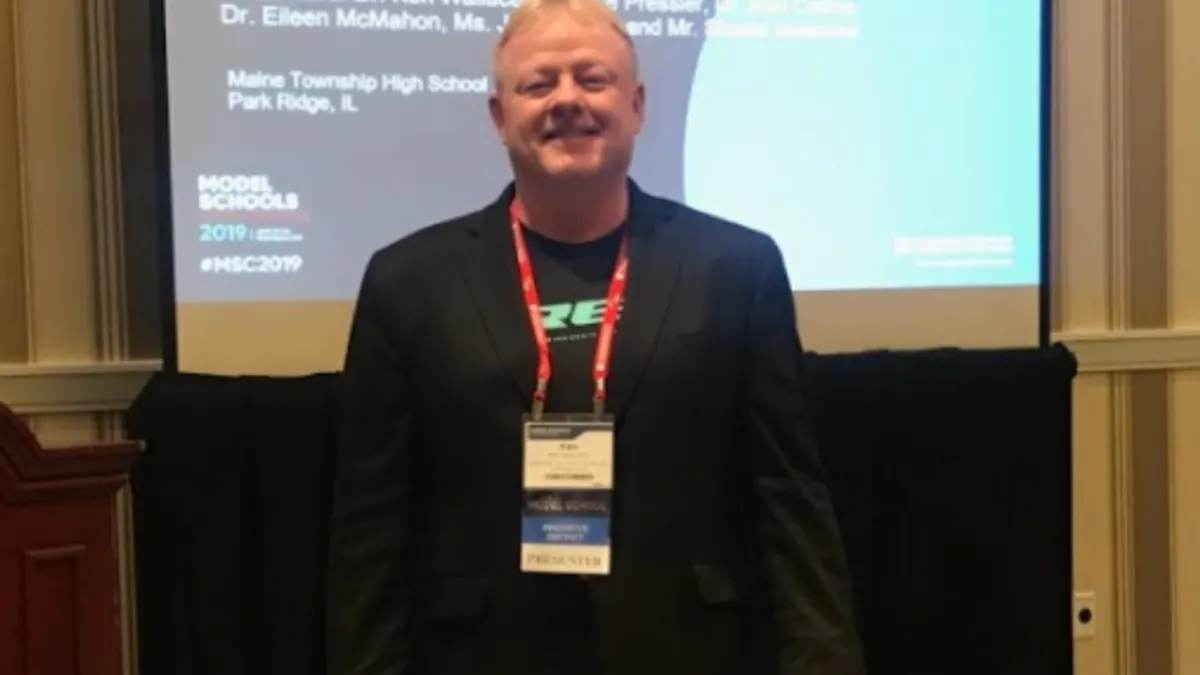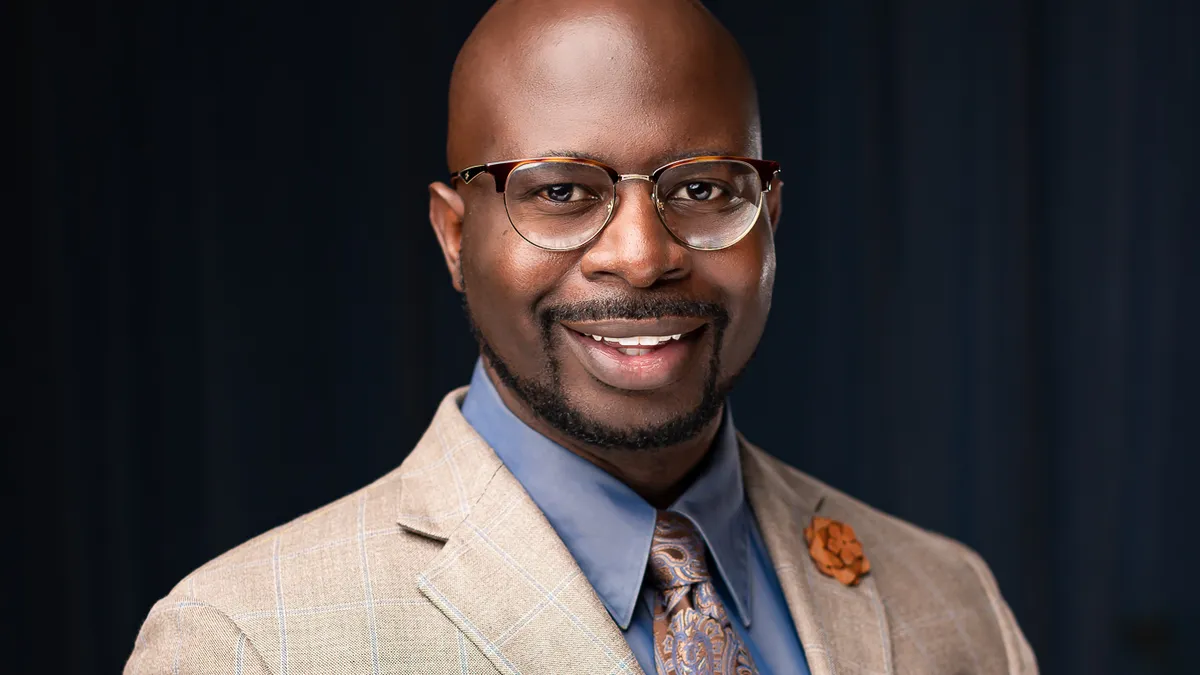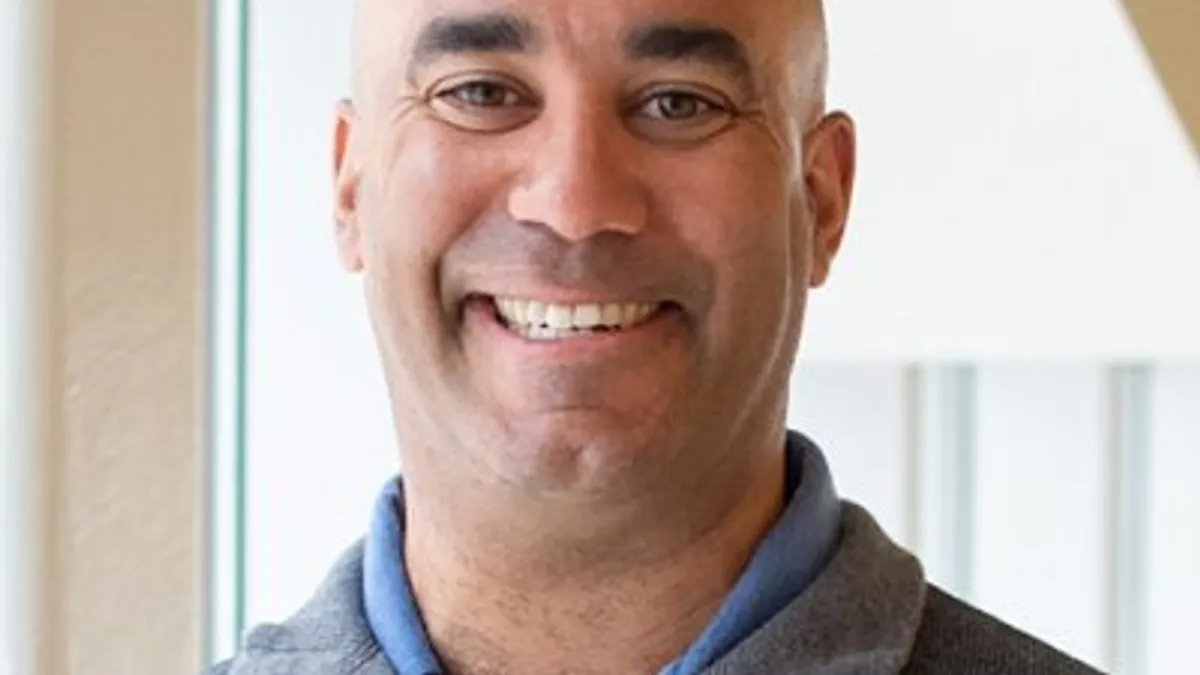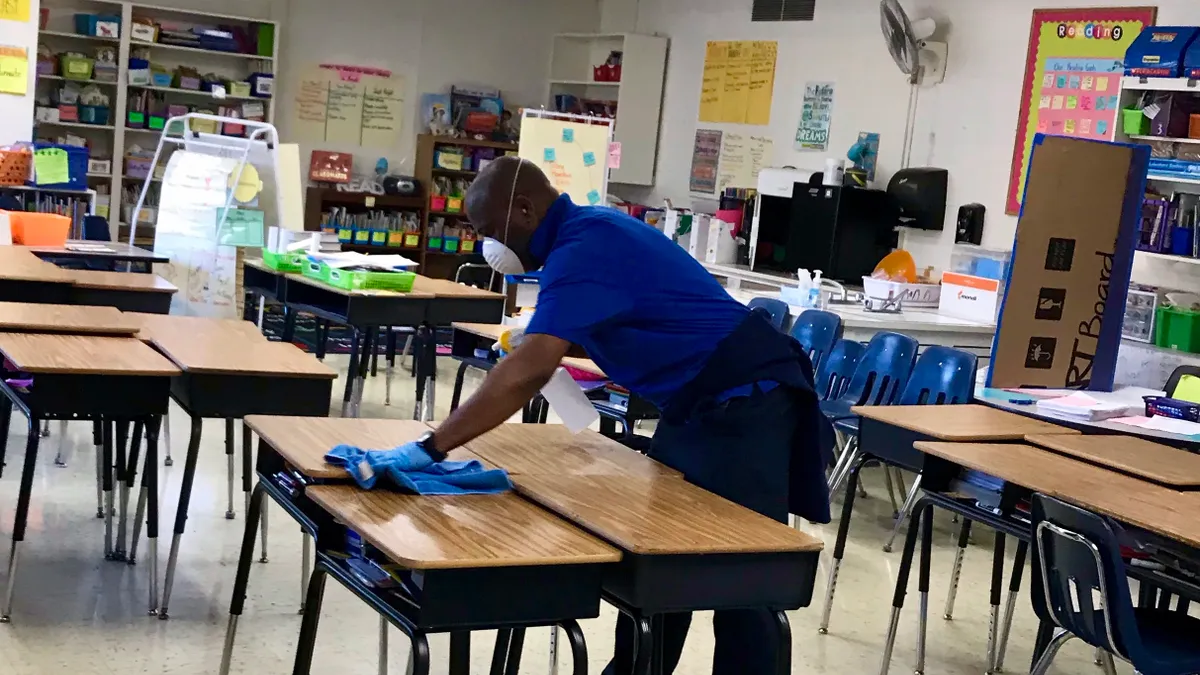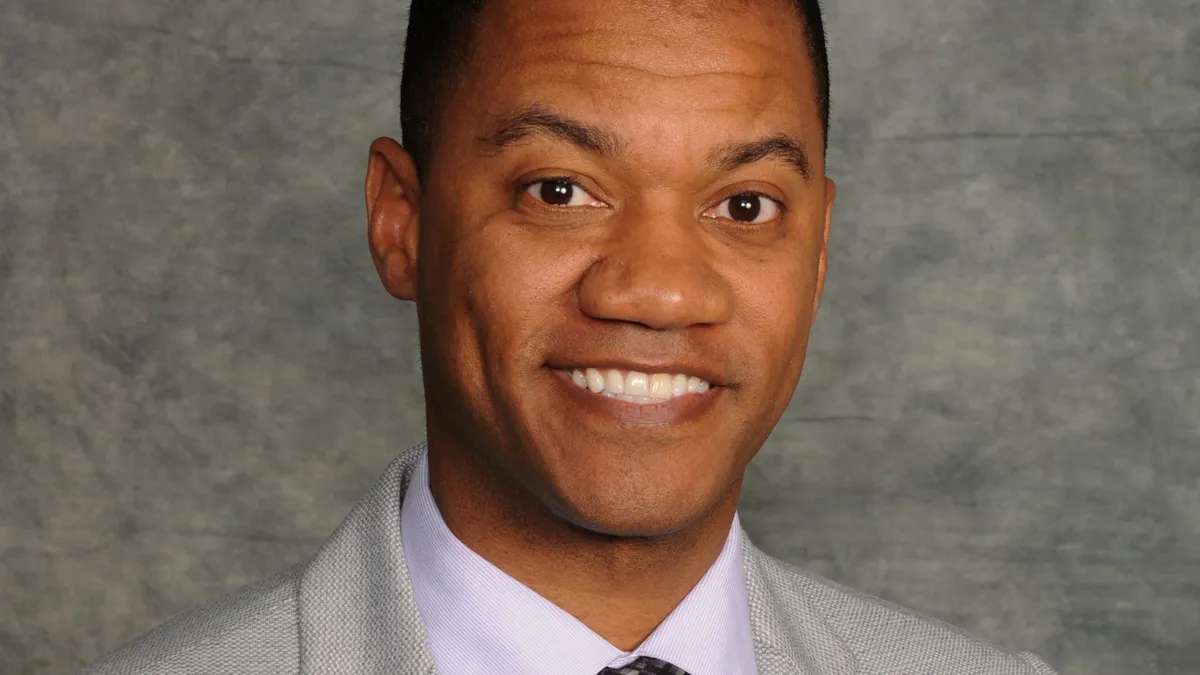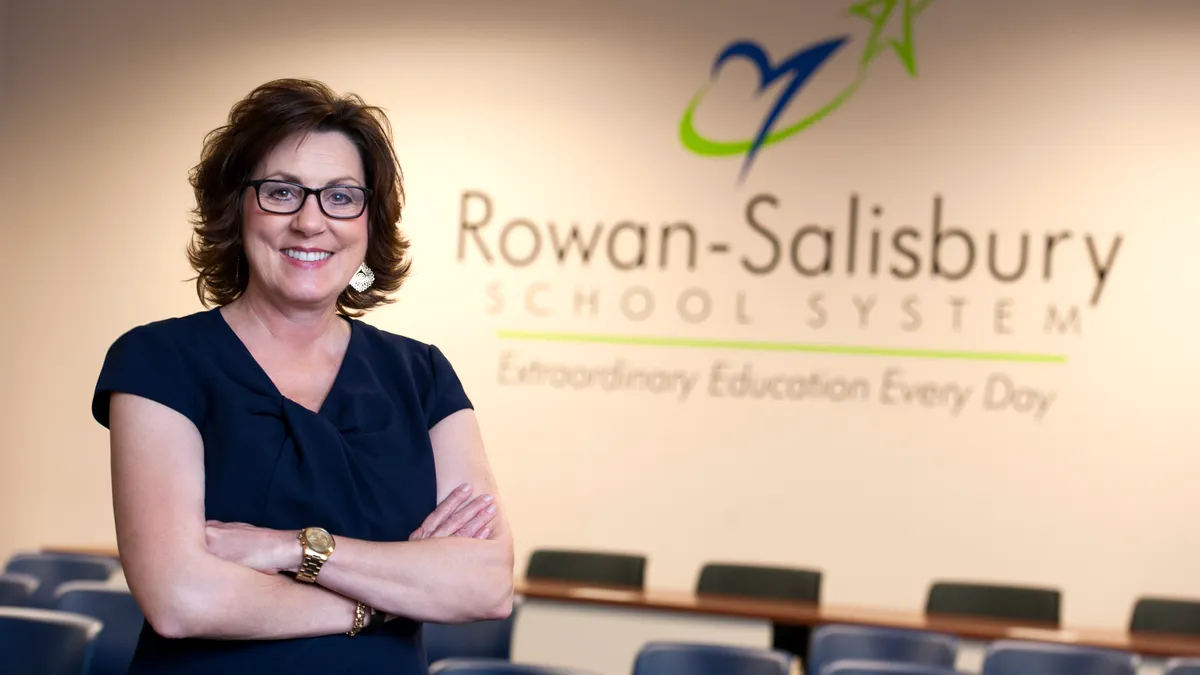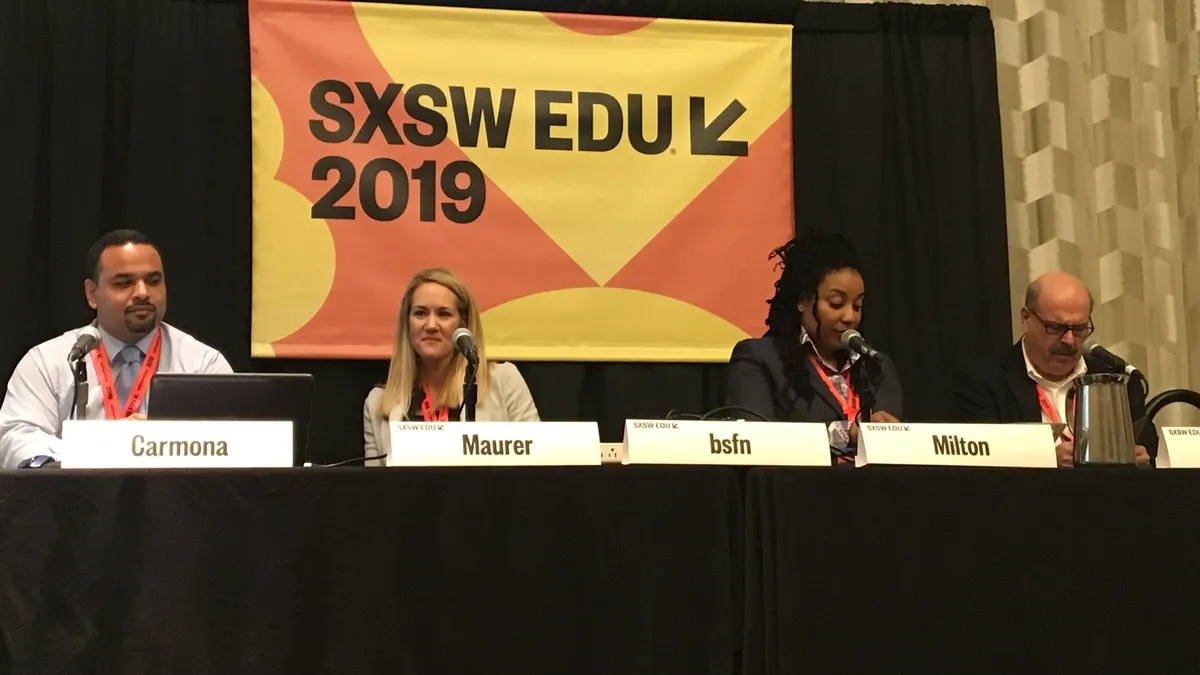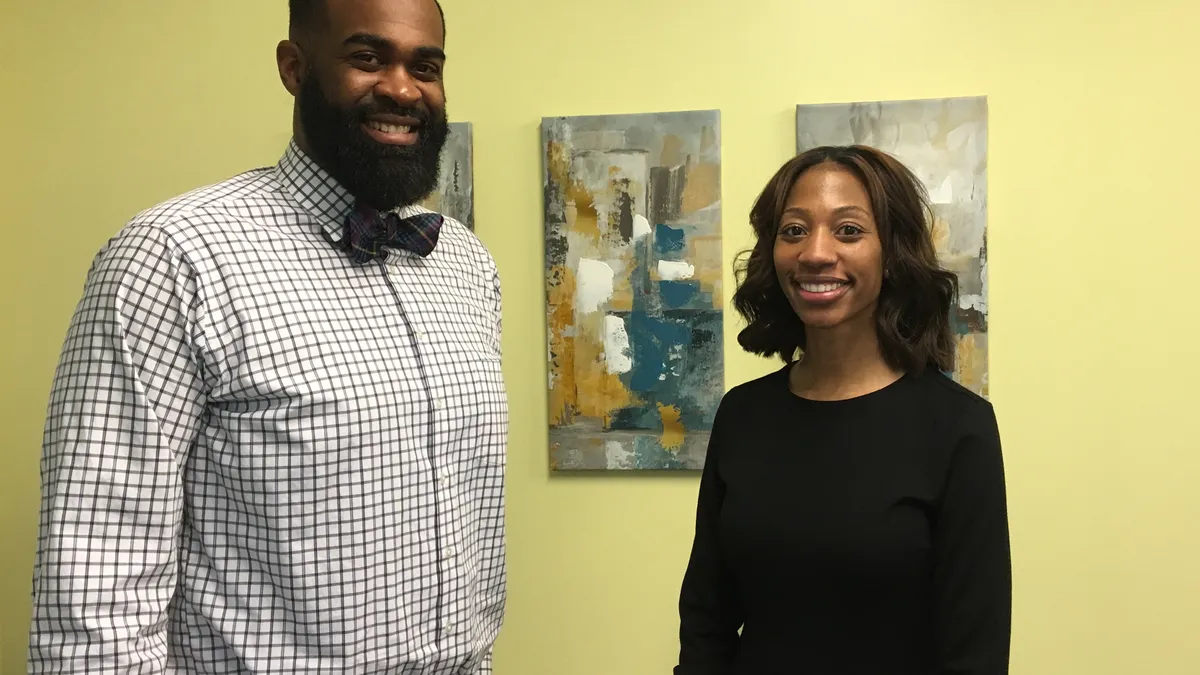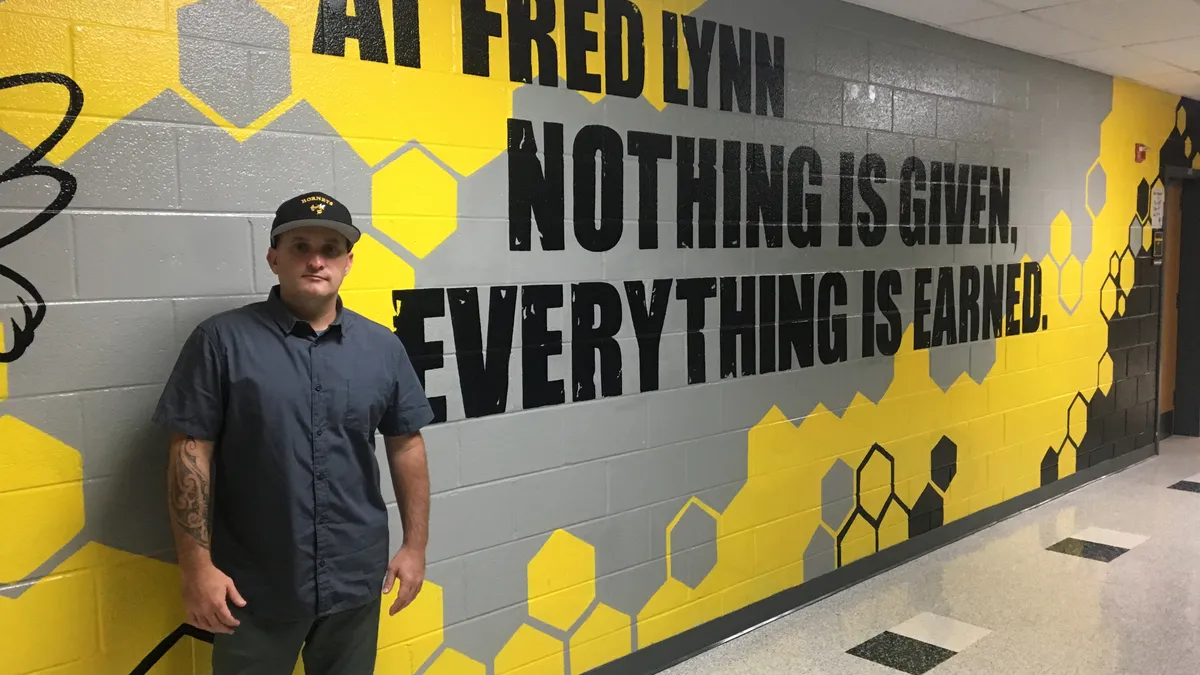Lessons In Leadership is an ongoing series in which K-12 principals and superintendents share their best practices as well as challenges overcome. For more installments, click here.
Thelma Ramsey-Bryant became principal of John L. Costley Middle School in East Orange, New Jersey, at the height of the COVID pandemic in 2020. But the global health crisis wasn’t the only hurdle she faced as she began her new role.
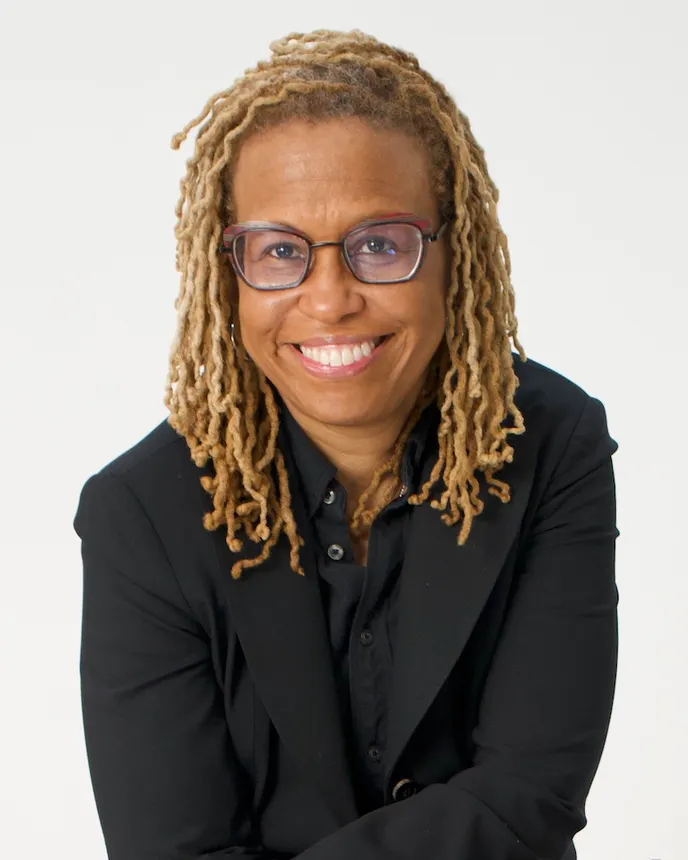
Ramsey-Bryant quickly realized that many of her 8th graders needed help with reading fluency and comprehension. Just 14% of students at the school scored at or above the proficient level for reading in the 2021-22 school year. Though that number rose to 21% in 2022-23 and student growth in English Language Arts met state standards, she noted there is still work to be done.
The school’s student population, which has also included 7th graders since 2022, is 52% at-risk, 59% economically disadvantaged, 79% Black and 19% Latino.
“I had a very short window of time to try to help them close some of those gaps so they could be successful at the high school level,” Ramsey-Bryant told K-12 Dive. “At the high school level, you're reading a lot for comprehension, and you're reading a lot to do critical thinking, and those higher-level reading skills are necessary.”
If you don't have those foundational reading skills down, she said, then it's going to make succeeding in high school and beyond more challenging. We caught up with Ramsey-Bryant to learn more about what is working in her school and how she is overcoming the challenges of making remedial literacy feel age-appropriate for her middle schoolers.
K-12 DIVE: What are the biggest barriers to promoting literacy and reading fluency in the middle school grades?
THELMA RAMSEY-BRYANT: Some of the biggest barriers are our students coming to us with difficulty not so much with reading from a phonetic standpoint, but reading with fluency and comprehension and vocabulary.
Some of our students have difficulty in those three areas, which makes it hard for them to excel in the various subject areas. Like, you have a certain academic vocabulary for social studies as well as for math as well as for science. And it makes it difficult for them to comprehend across all the different content areas because of that lack of fluency and that lack of vocabulary.
When it comes to getting students who are in those early teen years to embrace what could be seen as remedial work on their foundational reading skills, how do you motivate them to do that?
RAMSEY-BRYANT: Sometimes, people think middle school students will feel embarrassed that they are lacking in some skills. And you do have some students that do feel that way.
We find that sometimes students have behavior issues, and when you get to the root of what the behavior issues are, it's because they have difficulty reading, and they don't want other students to know, so they act out.
We started talking to students about, “We want to help you with your reading, and these are the ways that we're going to do it.” I had a teacher here who was able to reach the students in a way that didn't make it feel like it was baby work. We presented them with things that were on their level, but helped them understand that this was going to make them better readers, and they actually gravitated toward it, and they appreciated it.
I think it was more so the approach than just bringing students in and saying, “Well, you can't read.” It was very nuanced in the way that we had to approach speaking to the middle school students about helping them become better readers.
What are some of the specific approaches that you've seen that have worked well for that?
RAMSEY-BRYANT: We had to really go back to basics for a lot of our students. That means some work in phonics, phonemic awareness, and beginning spelling.
If we're talking about the long “a” sound, then students had to spell words that had a long “a” — you know, with the words with “e” at the end. So it may not have been as simple as some of those basic sight words, but we did have to go back to starting to teach students those basic rules of spelling, so that they can improve their pronunciation and their phonemic awareness skills.
It was a lot of foundational work that we had to do.
When it comes to helping classroom educators build a skill set to address this, what are the most important things they can do to help students overcome this gap?
RAMSEY-BRYANT: Sometimes it's difficult at the middle school level — because a lot of times middle school teachers consider themselves content experts, and they only want to deal with their content. If I'm a math teacher, don't talk to me about reading, and if I'm teaching science, I'm not here to teach students how to read. But in order for the students to be able to access the curriculum, they have to have that basic ability to read. With that, we had to do a lot of training within our professional learning communities on some basic foundations of literacy.
The other thing is that we have to also give our students the opportunity to understand that you read for a purpose.
Once you start to share that with students in terms of, “OK, today we're reading something, and this is why we're reading it,” you can even relate it to when you read things on your cellphone. Usually when you read things on your cellphone, it's for a purpose — it's for you to get information or send a text or for entertainment. Those are some of the ways that you can start to shape how students understand the reasons why reading is important and literacy is important.
What have been some of the most effective initiatives that you've piloted to help with reading proficiency?
RAMSEY-BRYANT: Some of the most effective interventions have been using class time to pull students into small groups to work with them on some of the deficient skills they may have, and having students read aloud. A lot of times we don't know if students read fluently or not, because we never have them read aloud – especially at the middle school level. And also, trying to encourage students to read outside of school.
Some of the other things that we've done is to work with parents, to have them as partners in reading with their middle school students. A lot of parents do read with their younger students, but they don't think they still need to do that with the middle school students. We've also given parents strategies to work with their children at home.
And we get some of our middle school students to visit other schools to read to younger students, so they can just get the practice of reading aloud and reading fluently — even if it may be a book that's at a lower level, because all the reading practice helps our students.
You mentioned the connection between behavior and students having trouble. What are some of the things you've noticed on that front as you've rolled out these initiatives?
RAMSEY-BRYANT: Our suspension rate has gone down significantly, our referrals to discipline have gone down significantly, and our attendance rate has improved. So students are feeling more confident about themselves academically.








 Dive Awards
Dive Awards
